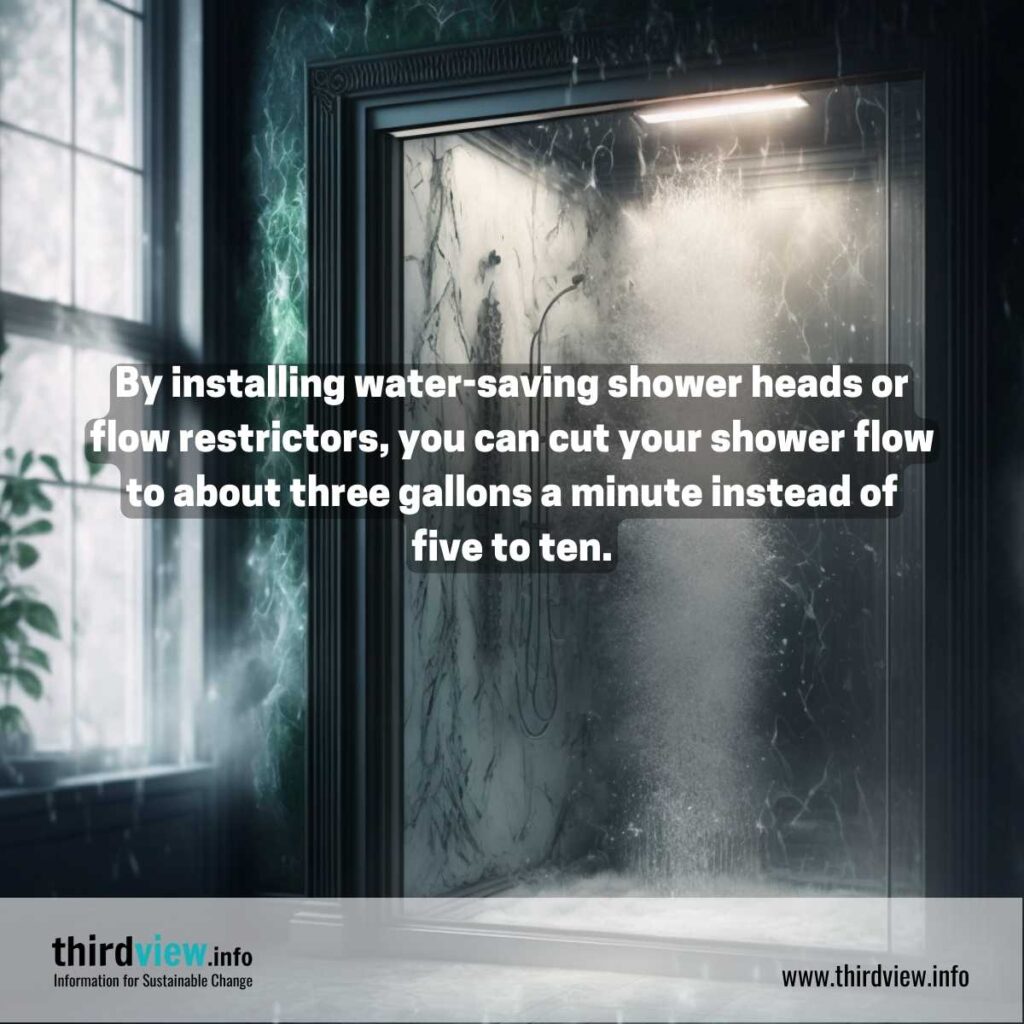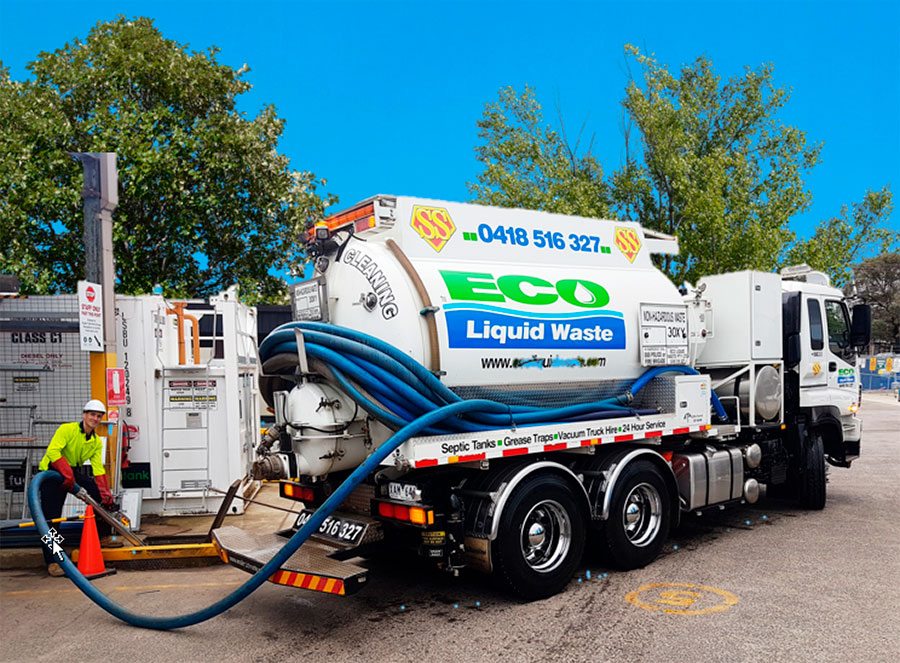The 8-Second Trick For Reclaim Waste
Table of ContentsThings about Reclaim Waste6 Simple Techniques For Reclaim WasteThe 8-Second Trick For Reclaim WasteOur Reclaim Waste IdeasA Biased View of Reclaim Waste
Residential sewage waste refers to the waste and products from a residential septic tank. The correct administration and disposal of residential sewer waste require liquid waste to be moved to a sewer therapy plant where the correct techniques and equipment are used to cleanse and dispose of waste.
Business waste frequently includes prospective hazards, such as flammable products or a mix of liquid and solid waste items, and calls for an advanced and thorough disposal procedure. The disposal of industrial waste commonly entails the filtering of waste prior to transportation to make sure risk-free and appropriate disposal. Hazardous waste is produced from byproducts and drainage of commercial processes and production.
This type of waste can not utilize the same sewage administration transport or processes as septic or industrial fluids. The hazardous waste monitoring process requires the inspection and testing of liquid waste before it undertakes the disposal procedure (liquid waste disposal). Overflow waste is the fluid waste that comes from drainage and excess stormwater in very booming locations or cities
Runoff waste can trigger contamination and flooding if not managed properly. Ensuring proper waste management can prevent disasters and reduce environmental harm.
All about Reclaim Waste
Get in touch with PROS Providers today to find out about our waste management and disposal services and the proper ways to care for the liquid waste you produce.
This supposed 'wastewater' is not just a vital source yet, after therapy, will be released to our land, waterways or the sea. Made use of water from toilets, showers, baths, kitchen area sinks, laundries and commercial procedures is understood as wastewater.

water used to cool machinery or clean plant and tools). Stormwater, a kind of wastewater, is drainage that moves from agricultural and urban areas such as roofings, parks, gardens, roads, courses and rain gutters into stormwater drains, after rain. Stormwater moves untreated straight to local creeks or rivers, eventually reaching the sea.
Some Of Reclaim Waste
In Queensland, most wastewater is treated at sewage treatment plants. Wastewater is transferred from residential or industrial websites through a system of sewers and pump stations, called sewerage reticulation, to a sewer therapy plant. Local federal governments build, maintain and operate most sewer treatment plants. Operators are certified under the Environmental Management Act 1994 to release treated wastewater at an appropriate ecological criterion right into waterways.
The Division of Natural Resources advises neighborhood federal governments about managing, operating and maintaining sewerage systems and therapy plants. In unsewered areas, city governments might require owners to mount specific or household sewer treatment systems to treat residential wastewater from bathrooms, kitchens, restrooms and laundries. The Department of Natural Resources authorizes making use of household systems when they are verified to be reliable.
Many stormwater obtains no therapy. In some new communities, treatment of some stormwater to remove clutter, sand and crushed rock has started utilizing gross pollutant catches. Wastewater therapy occurs in four stages: Gets rid of strong matter. Larger solids, such as plastics and other objects incorrectly released to sewers, are removed when wastewater is passed through displays.
Wastewater then flows right into big containers where solids resolve and are gotten rid of as sludge. Grease and scum are skimmed from the surface. Uses small living microorganisms understands as micro-organisms to damage down and get rid of remaining liquified wastes and fine particles. Micro-organisms and wastes are incorporated in the sludge. Gets rid of nitrogen and phosphorus nutrients that might trigger algal blooms in our waterways and intimidate marine life.
Some Known Incorrect Statements About Reclaim Waste
Nutrient elimination is not available at all sewage treatment plants because it needs costly specialized devices. It is coming to be more usual in Queensland. Clear liquid effluent created after treatment may still consist of disease-causing micro-organisms. If this effluent is released into waterways such as rivers or the sea, the micro-organisms will at some point die out.

This usually indicates wastewater has actually to be treated or pollutants removed before it can be discharged to rivers. A lot of wastewater streams right into the sewage system. Under the Act, city governments administer authorizations and licences for eco appropriate activities (ERAs) including wastewater launches that might have find a regional effect. The division administers approvals and permits to Periods including wastewater releases that could have a regional or statewide impact.
What Does Reclaim Waste Do?
Surveillance supplies valid info regarding water quality and can verify that permit problems are being met. The information obtained via monitoring provides the basis for making water high quality decisions.
Comments on “Our Reclaim Waste Statements”